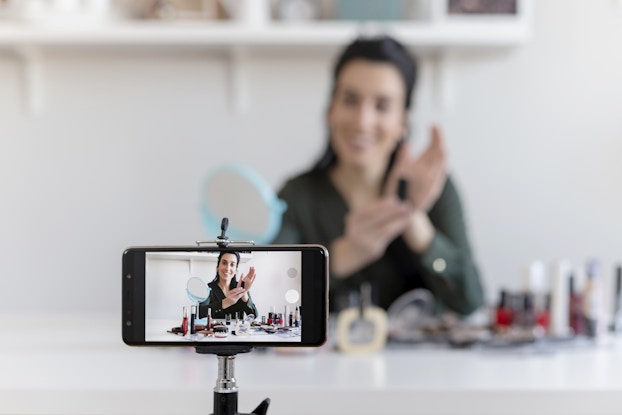
Wondering if you can use a photograph on your website? Considering reposting a book review? You may need to ask for a license or author permission first.
Copyright law protects ownership rights for original intellectual and creative works, such as books, movies, songs, paintings, photographs and computer software. However, some copyright works fall under “fair use,” a doctrine that allows business owners to use a copyrighted work for a limited and “transformative” purpose.
Here’s how fair use works and how it impacts the materials you can use in your business marketing.
[Read more: Everything You Need to Know About Intellectual Property]


What is fair use?
Fair use is defined in Section 107 of the Copyright Act, which states that original works may be used by others for activities such as criticism, comment, news reporting, teaching, scholarship and research. The court system relies on four factors to determine if something is protected under fair use:
- Purpose and character of the use: Fair use may apply if the copyrighted work is being used for noncommercial and nonprofit educational purposes. However, this is not an umbrella defense and courts will balance the stated purpose with the factors below.
- Nature of the copyrighted work: The use of a creative work, such as a book, play or movie, is less likely to be considered fair than that of a factual work, such as a news article or technical journal.
- Effect of use on the market: To what extent does the unlicensed use hurt the market for the original owner’s work? This determination considers if sales have been displaced, as well as the financial impact a business will feel if the usage became widespread.
- Amount used: The court will consider how much of the work was used in relation to the copyrighted work as a whole. It also considers how critical the work used is to the overall body of the work. For instance, a small clip from a movie used for criticism relative to the whole film being used will bear different weight under fair use.
Clearly, fair use is not a set of hard and fast rules; this doctrine is determined by the courts and can be subjective depending on what the work is, how it was used and the perceived financial impact of the possible copyright violation. So, how can you protect your business from a fair use violation?
In the vast majority of cases, works used in the furtherance of a commercial enterprise...do not qualify as fair use.
BigCommerce
How does fair use impact what materials your business can use?
There are a few types of material that you can expect to be protected by the fair use doctrine. These categories include:
- Parody.
- Commentary and critique.
- News reporting.
- Teaching.
- Scholarship.
- Research.
For a small business, it’s important to note that crediting or acknowledging the holder of the copyright while using their work does not absolve you from getting permission. Fair use often does not apply to material you use for promotional purposes. “In the vast majority of cases, works used in the furtherance of a commercial enterprise (e.g. advertisements or e-commerce website design elements) do not qualify as fair use,” wrote BigCommerce.
Examples of fair use for small businesses
Some of the most common copyright violations incurred by businesses take place in marketing.
“It’s pretty simple to land in a copyright infringement case, even if your intent is pure and you aren’t looking to push any legal boundaries with your product or service,” said Quickbooks.
“Business advertising is a common basis for copyright infringement cases. If you’ve published an ad that includes background music, can you answer a simple question: did you have permission to use the background music?”
Getting permission to use copyrighted work is more straightforward in some cases than in others. You can pay for licensed images to use on your website through sites like Getty, for instance. Ownership rights get a little more complicated when you are seeking to repost something you found on social media. It’s not always easy to find the original creator of a funny meme or viral video.
If you wish to apply the fair use doctrine in your use of a copyrighted work and the ownership claim is murky, make sure you are creating a reproduction that is for “transformative” purposes, rather than commercial. “To be considered ‘transformative,’ the reproduction of the work must add something new to the original,” explained one insurance company.
Copyright violation cases can be expensive, so if you have any doubts, consult legal counsel. They can tell you whether your material has been “transformed” enough to avoid copyright infringement, as well as whether or not your use case falls under the fair use doctrine.
[Read more: How to Prove Intellectual Property Theft]
CO— aims to bring you inspiration from leading respected experts. However, before making any business decision, you should consult a professional who can advise you based on your individual situation.
Follow us on Instagram for more expert tips & business owners stories.
CO—is committed to helping you start, run and grow your small business. Learn more about the benefits of small business membership in the U.S. Chamber of Commerce, here.







